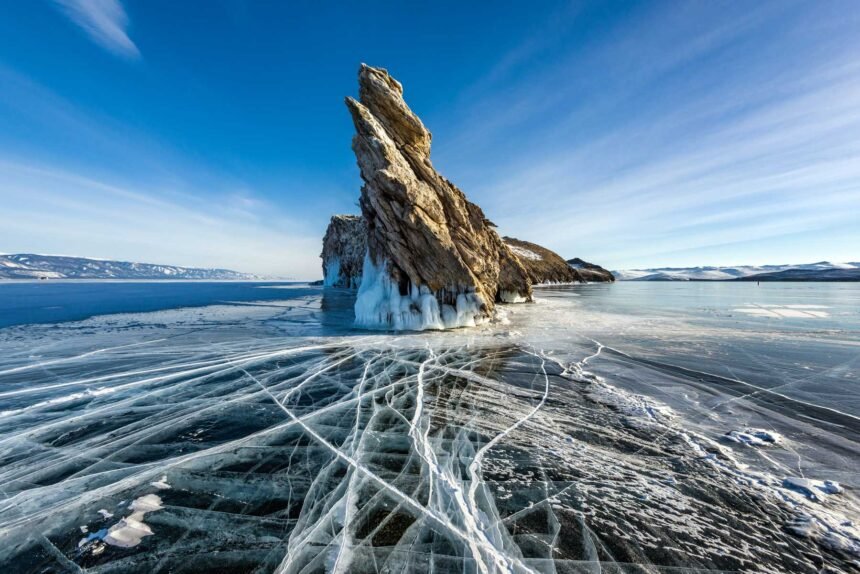Introduction:
In the frozen heart of Siberia shimmers a jewel unlike any other – Lake Baikal. This colossal freshwater sea isn’t simply a lake; it’s a testament to nature’s enduring power. The lake defies expectations.

Forged over 25 million years, its crystal depths hold a staggering one-fifth of the world’s unfrozen freshwater. This ancient freshwater sea, the world’s oldest and deepest, wasn’t merely carved by time – it embodies time itself.
Lake Baikal is more than vast; it’s a realm of mystery. Its waters hold secrets of geological epochs, while a web of life unlike any other thrives within its depths.
Lake Baikal isn’t just a geographical marvel; it’s a force of nature, a cradle of unique life, and a place where the raw beauty of our planet echoes with undeniable force.
Location of Lake Baikal:
Nestled within the vast expanse of Siberia, Russia, lies Lake Baikal. This extraordinary lake rests in the southern part of eastern Siberia, a region known for its rugged mountains, dense forests, and the relentless grip of winter.
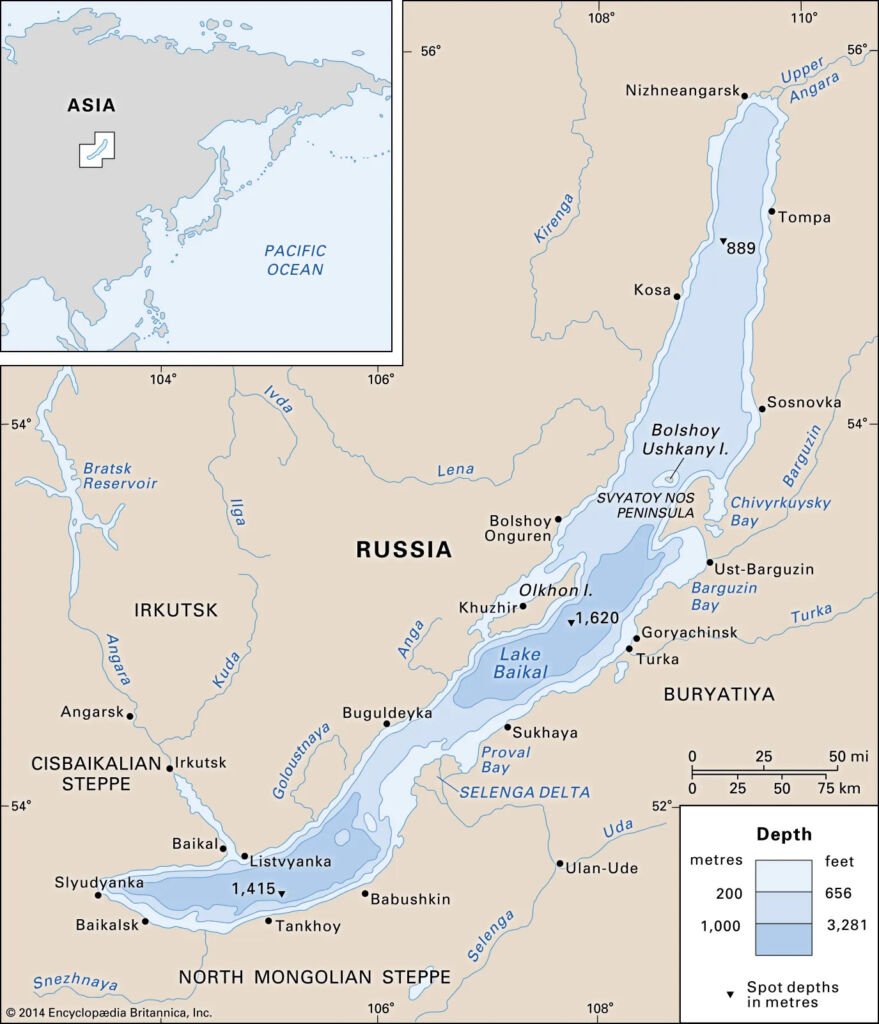
Boundaries: The lake is nestled between two main territories of Russia:
- To the northwest lies Irkutsk Oblast (a type of province).
- To the southeast lies the Republic of Buryatia.
Mountainous Surroundings: The lake’s shoreline is largely defined by mountain ranges like the Baikal Mountains to the west and the Barguzin Range to the east.
Lake Baikal - the Oldest, the Largest and the Deepest:
Lake Baikal is remarkable for its sheer size, unusual shape, extraordinary depth, and immense volume.
Age: Lake Baikal is estimated to be around 25 million years old, making it the oldest freshwater lake on Earth.
Depth: Lake Baikal holds the title of the deepest lake on Earth, reaching a maximum depth of 1,642 meters (5,387 feet).
Volume: Due to its exceptional depth, Lake Baikal possesses a staggering volume of 23,615.39 cubic kilometers (5,670 cubic miles). This represents about 20% of the world’s unfrozen surface freshwater.
Length: It stretches an impressive 636 kilometers (395 miles) from north to south, forming a long, slender crescent.
Width: Its width varies, averaging around 48 kilometers (30 miles), though at times it narrows significantly.
Total Area: With a surface area of 31,722 square kilometers (12,248 square miles), Lake Baikal is slightly larger than the country of Belgium.
Geological Origin of Lake Baikal:
Unlike many lakes, Baikal wasn’t formed by glacial activity. It lies within the Baikal Rift Zone, an area where the Earth’s crust is slowly pulling apart. This active rift zone is responsible for both the lake’s immense depth and its continuing formation.
Lake Baikal sits within a geologically dynamic region known as the Baikal Rift Zone. This zone is a massive fracture in the Earth’s crust where tectonic forces are gradually pulling the Eurasian Plate apart.
This rifting process has been ongoing for millions of years. The area continues to widen at a slow but steady rate of about 2 centimeters per year. As the land separates, it creates a deep valley.
As the crust splits and spreads, the central portion of the rift valley subsides, or sinks downwards. This depression is what eventually filled with water to become Lake Baikal.

Lake Baikal marks the deepest continental rift on Earth. The lake floor drops to 1,186.5 meters (3,893 feet) below sea level. However, beneath the lake’s waters lies a massive layer of sediment about 7 kilometers (4.3 miles) thick, placing the bottom of the actual rift valley far deeper.
The Baikal Rift Zone is still active. This means the lake continues to deepen and widen over time, though at an incredibly slow pace. The action of the rift zone even contributes to occasional earthquakes in the region.
Lake Baikal - Its Unique Depth:
Lake Baikal isn’t just deep; it shatters expectations of what a lake can be. Its maximum depth plunges to an astonishing 1,642 meters (5,387 feet), making it the deepest lake on the planet. Due to this immense depth, Baikal possesses an extraordinary volume of water – roughly 20% of the world’s unfrozen surface freshwater. Imagine all the Great Lakes of North America combined, and Baikal still holds more.
This extreme depth creates unique conditions within the lake –
Crushing Pressure: The water column above exerts immense pressure, especially in the deepest zones. The pressure increases by about one atmosphere for every 10 meters you descend below the surface.
Frigid Temperatures: While the surface warms in summer, the depths of Baikal remain perpetually cold. The water temperature typically hovers around a chilly 3.5°C (38°F) near the bottom.
Adaptations for the Deep: Life within the lake, especially in its most profound zones, has evolved fascinating adaptations to cope with these extreme conditions, making Baikal a biological treasure trove unlike any other.
Lake Baikal - Its Unique Ecology & Biodiversity:
Lake Baikal’s extraordinary age, isolation, and unique conditions have given rise to a dazzling spectacle of biodiversity and a complex, interconnected ecosystem.
A Wealth of Species: Scientists estimate that Lake Baikal hosts over 2,500 species of plants and animals. An astonishing 80% of these are endemic, meaning they are found nowhere else on Earth.
Diversity at All Levels: Biodiversity in Lake Baikal spans all levels of the food web:
- Microscopic Life: Unique species of algae and other microscopic organisms form the base of the food chain. A remarkable example is Epischura baikalensis, a tiny crustacean that filters the water and makes up a huge portion of the lake’s biomass.
- Invertebrates: The lake teems with unusual invertebrates – snails, worms, sponges, and more – many of which are not found elsewhere.
- Fish: Over 50 species of fish inhabit Baikal, including the iconic omul fish and the bizarre, scaleless Golomyankas, adapted to the crushing depths.
- Apex Predator: The Nerpa, the world’s only freshwater seal, sits at the top of the food chain.
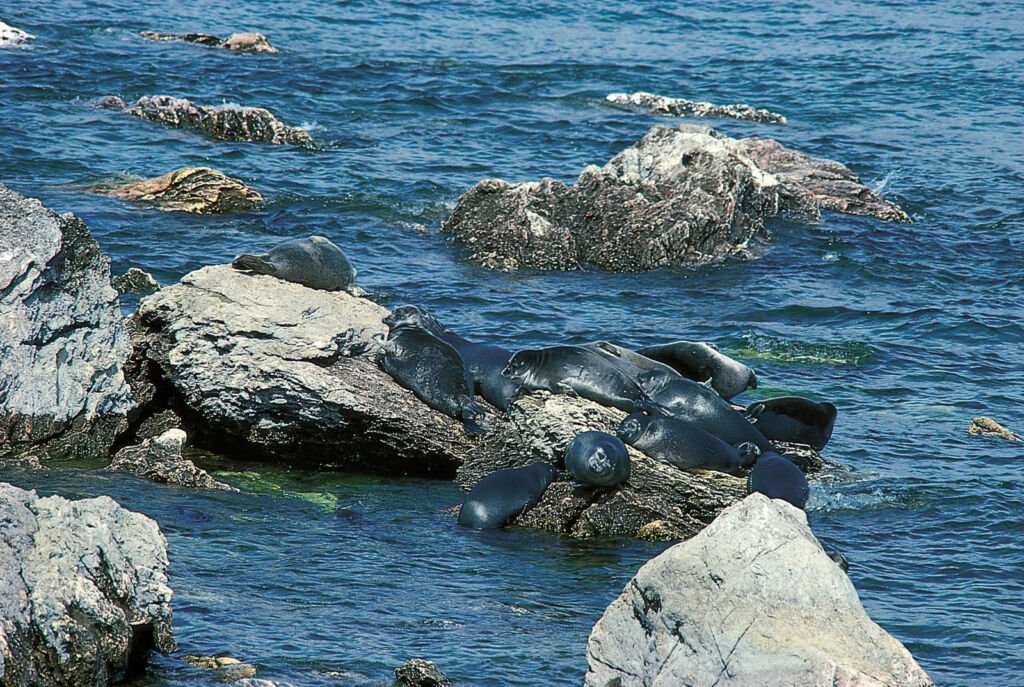
Adaptations to the Extreme: The organisms of Baikal display fascinating adaptations to its cold waters, extraordinary depths, and sometimes limited oxygen availability.
Lakewide Web: The ecology of Lake Baikal is incredibly intricate. Species at all levels interact, forming a delicate balance that has sustained itself for eons. This biodiversity, much of it unique to the lake, makes Baikal a globally significant natural laboratory and a testament to the enduring power of evolution.
Lake Baikal - Its Unique Culture:
Lake Baikal holds more than just ecological significance; it is deeply woven into the cultural fabric of the region. For centuries, indigenous communities like the Buryat people – a Mongolic group native to Siberia – have revered the lake as a sacred place.
Spiritual Heart: The Buryat people see Lake Baikal as a source of life, a spiritual center, and even a living entity. Their traditional beliefs and folklore are filled with tales and legends connected to the lake’s spirits and the power it holds.
Shamanic Traditions: Buryat shamans perform rituals and ceremonies around Lake Baikal, connecting with the spirits of the land and the lake itself, seeking guidance and protection.
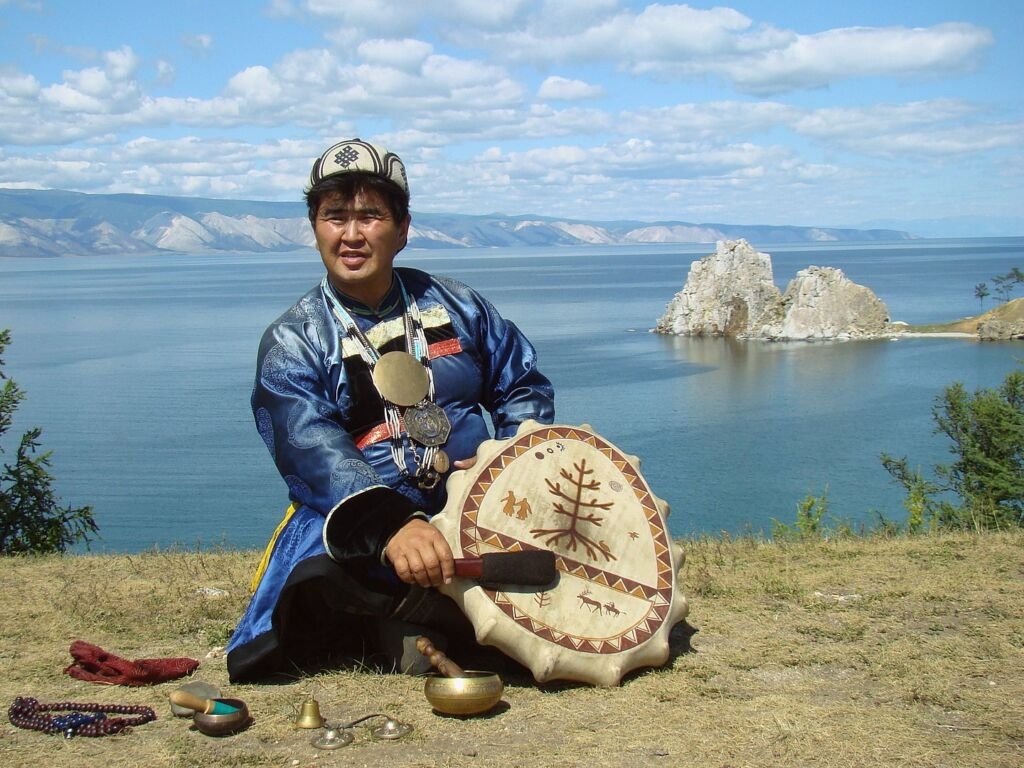
Lifeblood and Sustenance: For generations, the lake has provided lifeblood, offering resources like fishing, transportation routes, and a source of freshwater. These practices continue today, though with an emphasis on sustainable use in the modern era.
Cultural Identity: Lake Baikal is inseparable from the Buryat people’s sense of identity. Their traditions, art, and sense of place are all deeply intertwined with the presence of this extraordinary lake.
Fishing in Lake Baikal:
Lake Baikal offers a unique and diverse fishing experience for anglers. Its crystal-clear waters are home to a variety of species that attract fishermen from near and far.
Some of the most sought-after fish in Lake Baikal include –
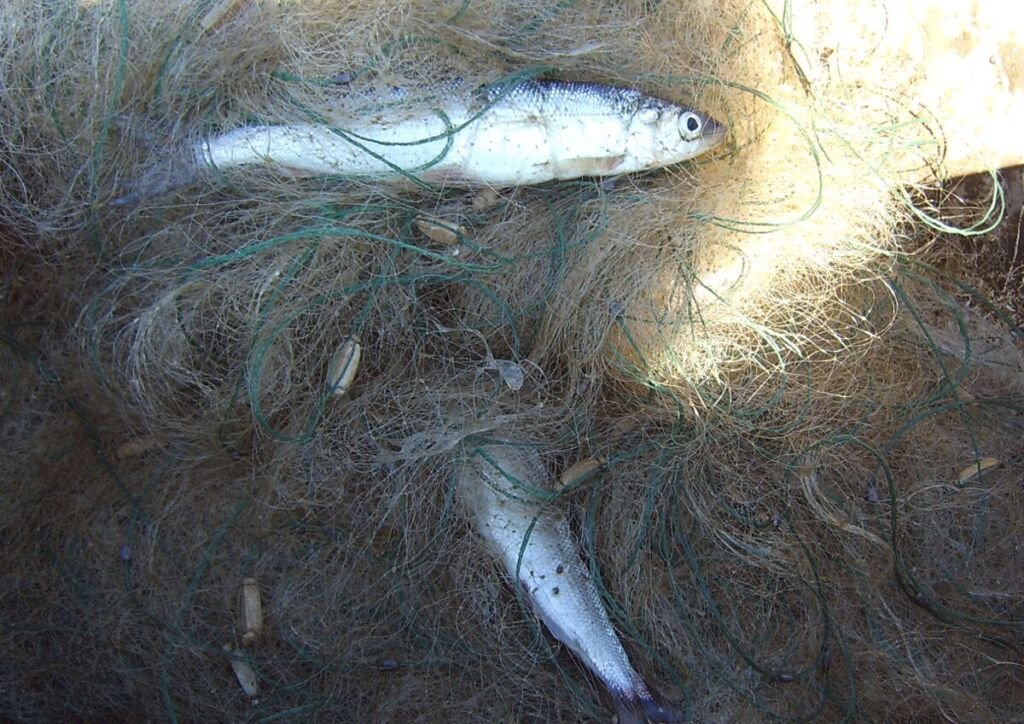
- Omul: This member of the salmon family is a local delicacy and a vital part of Baikal’s ecosystem.
- Grayling: This beautiful fish is a favorite of fly fishermen.
- Pike: These large predators put up a good fight and are prized catches.
- Perch: A common and tasty panfish enjoyed by locals.
Fishing Methods: Anglers use various techniques depending on their target species and the season. In winter, ice fishing is popular for certain species, while the warmer months allow for open water fishing from boats, shore, or even kayaks.
Responsible Fishing: To preserve Baikal’s delicate ecosystem, sustainable fishing practices are encouraged. Many areas have regulations, and local guides can offer advice and expertise on respecting the lake and its inhabitants.
Threats to Lake Baikal:
Lake Baikal’s extraordinary beauty masks a fragility that demands our attention. Despite its vastness, the lake faces a mounting set of threats. It’s vital to address these threats with urgency, or risk the slow degradation of this irreplaceable natural wonder.
Pollution: The specter of pollution looms large in Lake Baikal’s future. Industrial runoff, poorly managed sewage, and agricultural waste all threaten the lake’s pristine waters. These pollutants can poison wildlife, disrupt the delicate food chain, and make the water unsafe for recreation or human use.
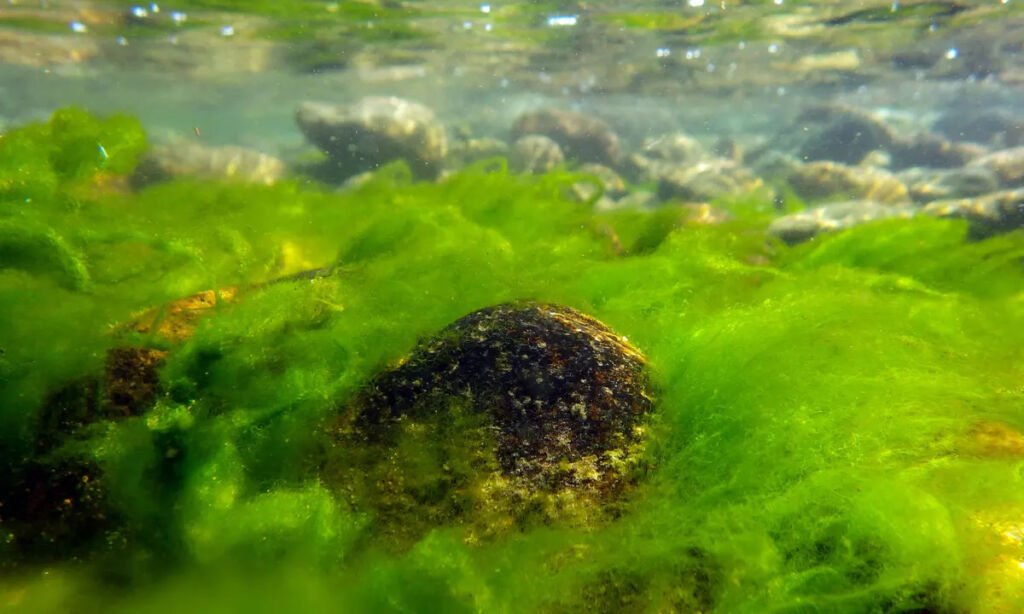
Industrial Development: The push for economic development in the Baikal region cannot come at the cost of the lake itself. Unchecked logging, mining, and construction projects risk scarring the landscape and degrading the very water that makes the region unique.
Climate Change: Even remote Baikal cannot escape the global threat of climate change. Warming temperatures, altered ice patterns, and unpredictable weather put immense stress on an ecosystem evolved for a cold, stable environment. The consequences on Baikal’s unique biodiversity could be devastating.
Conservation of Lake Baikal Region:
Despite the challenges it faces, Lake Baikal isn’t without dedicated defenders. Local and international organizations tirelessly work to protect this unique environment-
Local Initiatives: Grassroots community groups, along with dedicated scientists and researchers, monitor water quality, advocate for sustainable development, educate the public, and work to restore damaged habitats.
International Support: Organizations like UNESCO (which designated Baikal a World Heritage Site), the Global Nature Fund, and Greenpeace work to support local projects, raise international awareness, and put pressure on polluters and harmful industries.
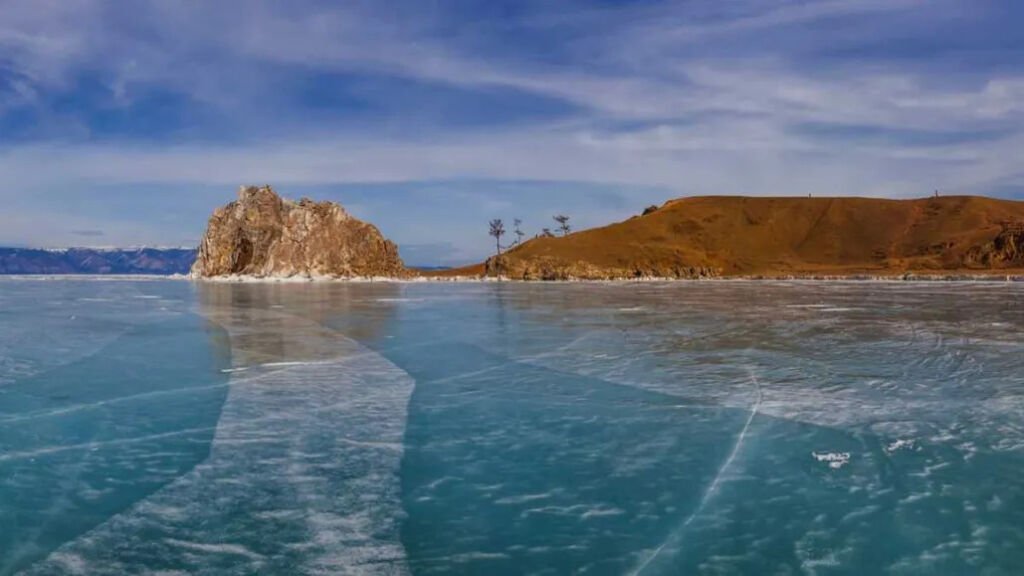
Government Action: The Russian government has enacted some environmental regulations, primarily through the Law on Protection of Lake Baikal. However, stronger enforcement and more comprehensive policies are often needed.
The Imperative of Preservation
Lake Baikal is more than just a pretty place. Its extraordinary biodiversity holds scientific value, acting as a living laboratory of evolution. It’s a cultural touchstone for indigenous groups, a source of economic opportunity via sustainable tourism, and a vital source of freshwater for the region.
Protecting Lake Baikal is about more than saving a lake; it’s about preserving a unique piece of our planet’s natural heritage. Supporting conservation efforts, demanding accountability, and making conscious choices as tourists can all contribute to ensuring Baikal endures for generations to come.
Conclusion:
Lake Baikal stands as a testament to the Earth’s extraordinary capacity to create wonders. Its designation as a UNESCO World Heritage Site underscores its global significance. It isn’t merely a Russian treasure but a vital part of our shared planetary inheritance. The threats Baikal faces are real, but so is the potential for a brighter future if we act.
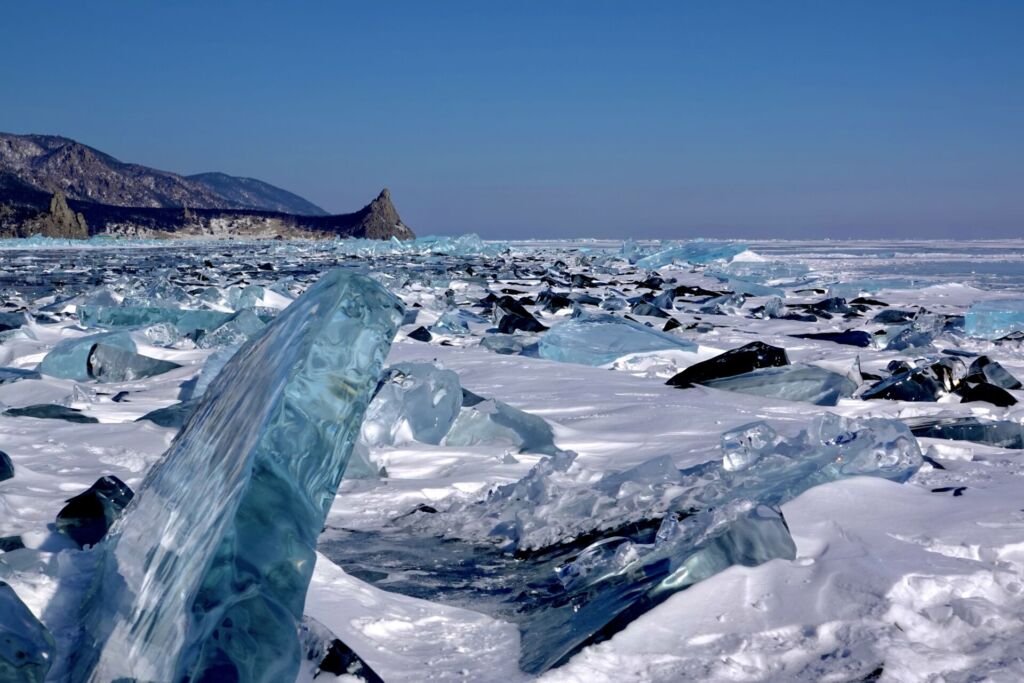
Lake Baikal is a gift, but its future depends on our collective action. By learning more, making informed choices, and supporting those fighting for its preservation, we can all play a part in ensuring this “Sacred Sea” retains its splendor for generations to come.


